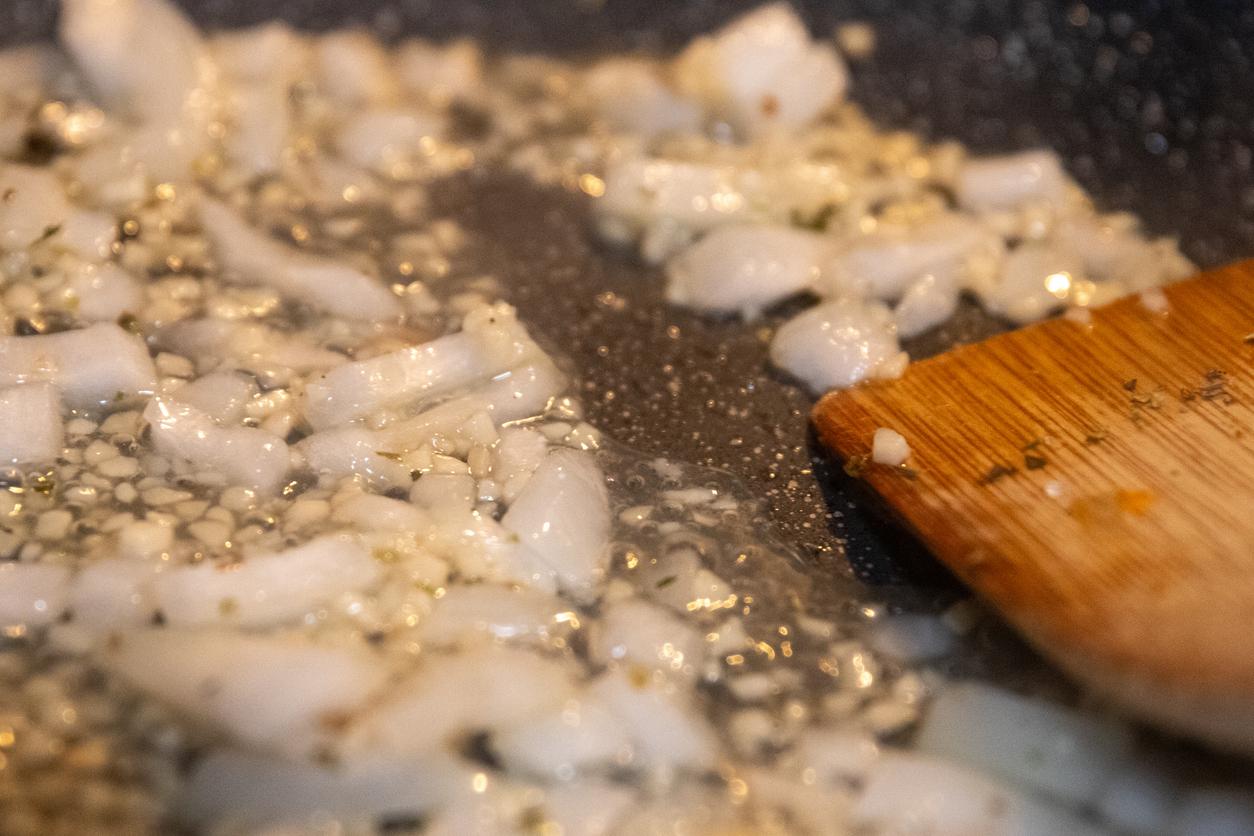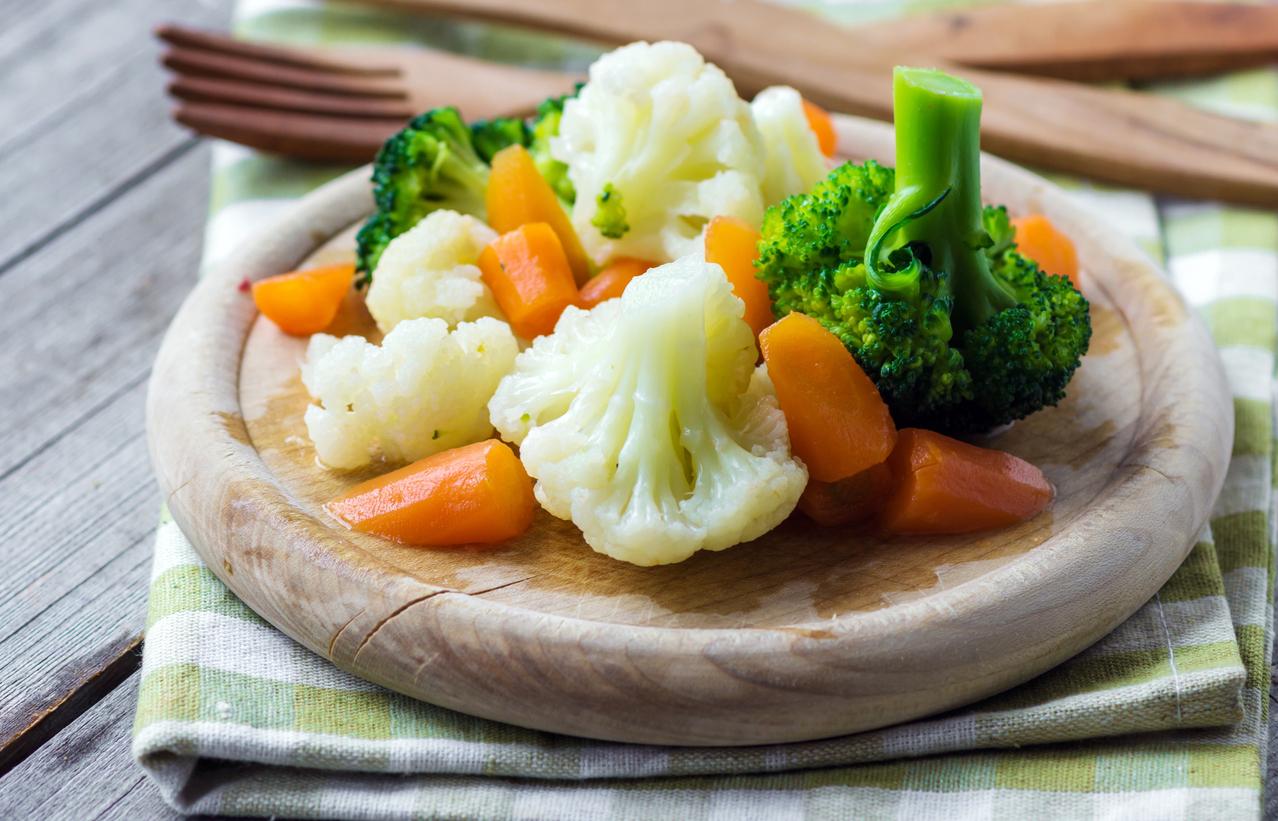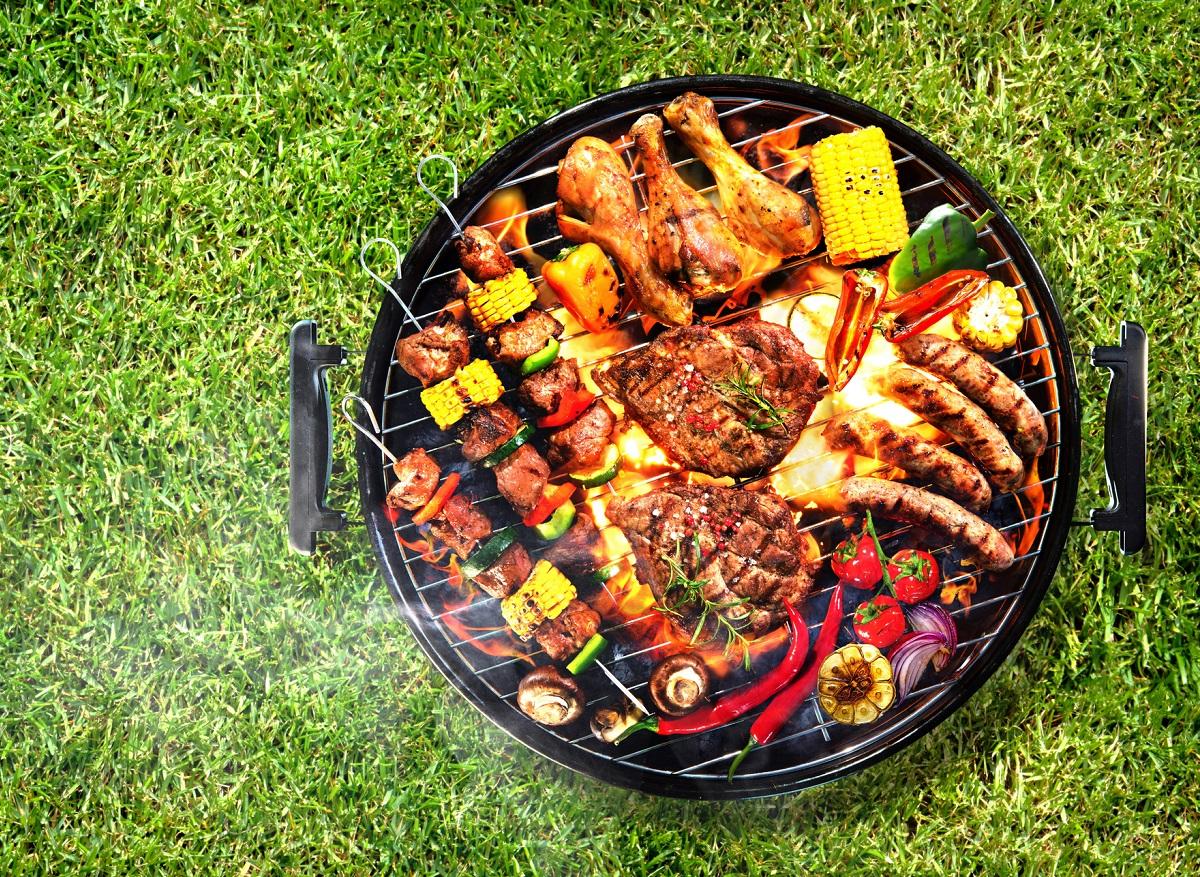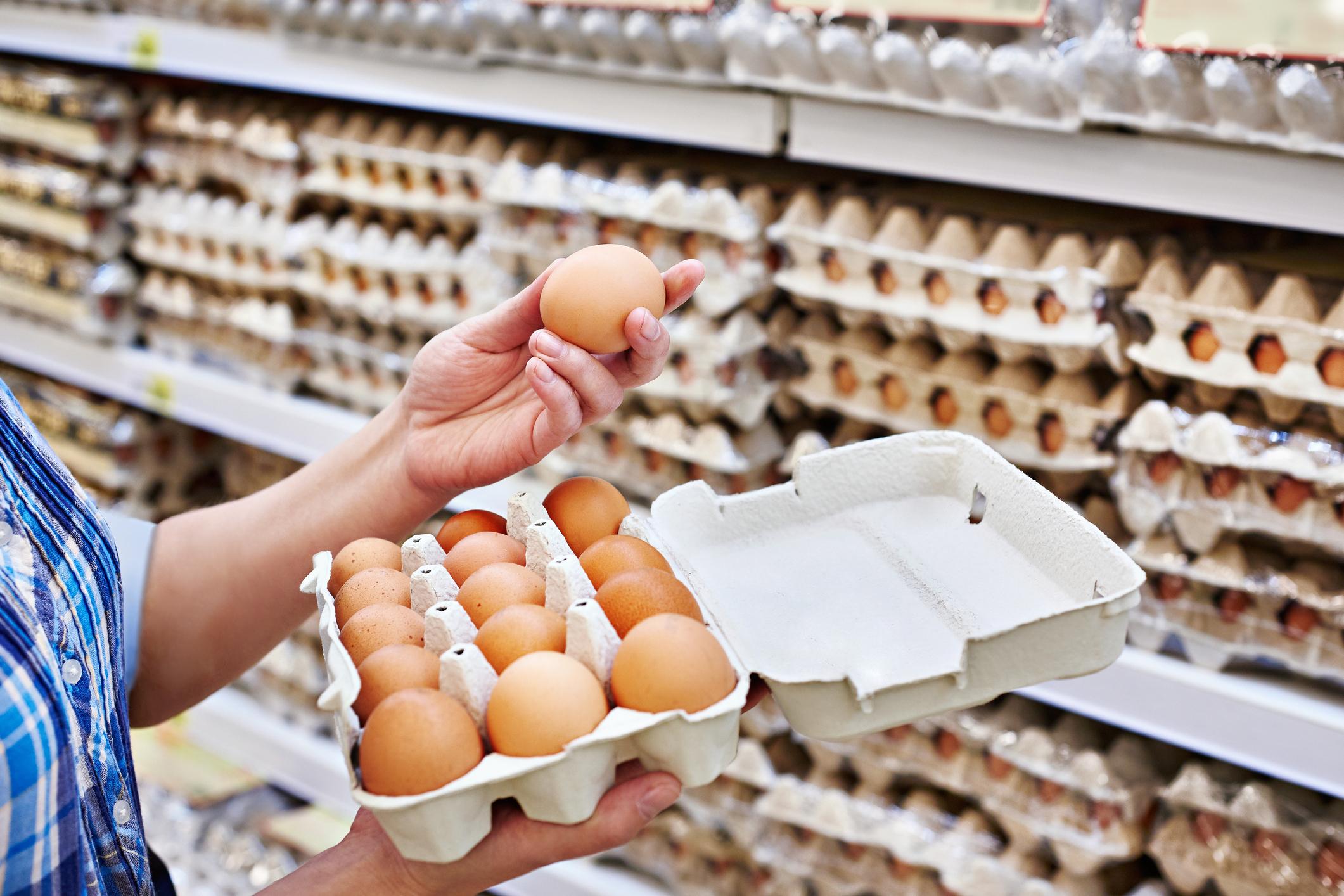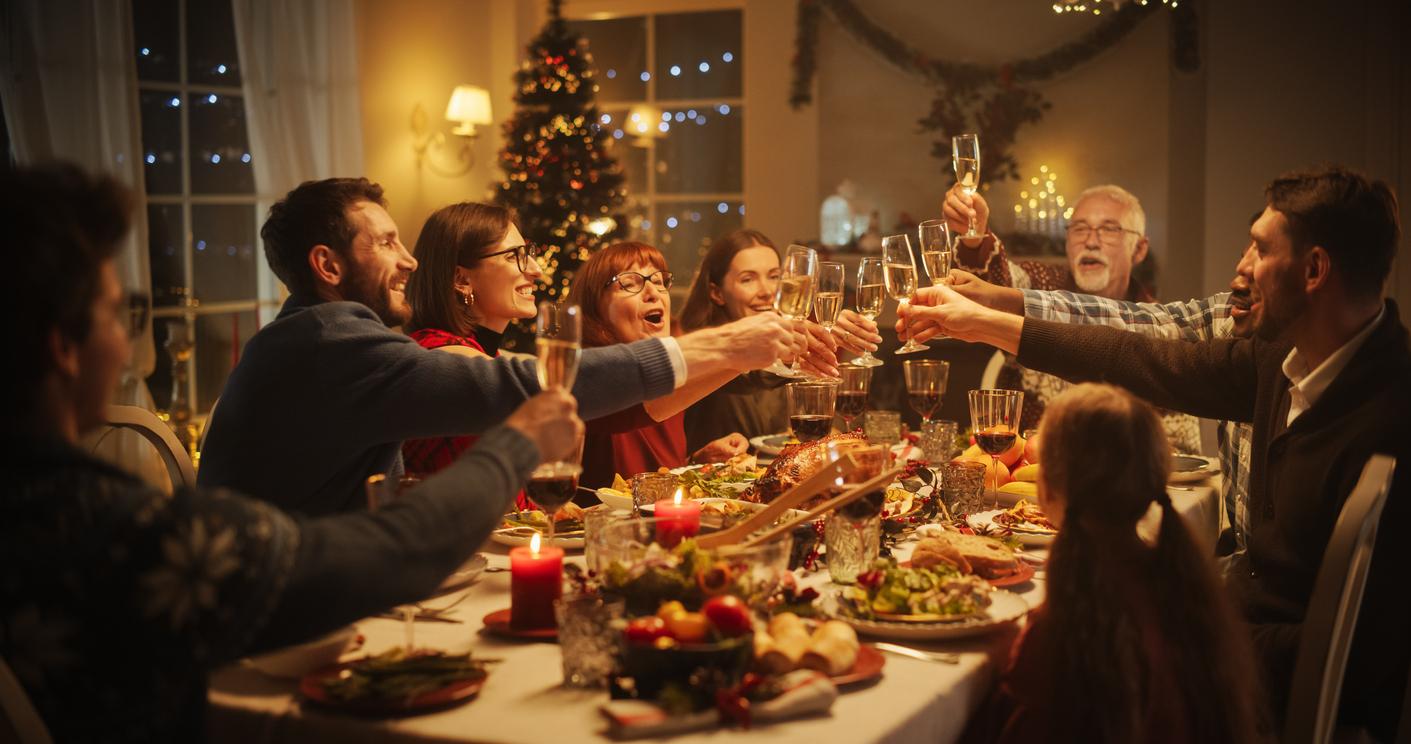Science and cooking seem very far apart to you? You are wrong ! “Cooking is scientific. When you cook, you use temperature, pressure and cold, so many physical parameters. Cooking also involves using physicochemical reactions: oxidation, browning, gelling… Finally, the “using ferments to make wine or sauerkraut is organic”, deciphers Raphaël Haumont, researcher in physico-chemistry of materials and university professor at Paris Sud University (Orsay) and author with Chef Thierry Marx of Innovation in the kitchen, 10 key ideas for innovating in the kitchento Editions Dunod (2021) .
“Science can be used to do things differently in the kitchen”, he announces. A movement announced in 1907 by the famous cook Auguste Escoffier, inventor of the Vichy carrot and the Melba peach among others: “In a word, cooking, without ceasing to be an art, will become scientific and will have to subject its formulas, which are still too often empirical, to a method and precision that will leave nothing to chance”.
Streamlining cooking through science to improve fluency
“There is a rationalization to be carried out to master your cooking. Knowing the products better from a scientific point of view, this allows them to be better cooked and baked, indicates the researcher. When we look at the kitchen with a scientific eye, we understand the parameters and it is then possible to reproduce exactly the same thing without possible failure“, he adds. And to cite the example of sauces that require temperature control. “Using a thermometer allows you to work at the exact temperature that will allow you to have the best sauce”. Another example: to tenderize meat, instead of hitting it, which damages it, the innovation consists of using molecules that will tenderize the fibers of the meat. “Fruit enzymes that are rich in like papaya or kiwi will soften the meat. The juices of these fruits are used in marinade“, explains the researcher.
It is then possible to innovate or respond to current and future issues, for example cooking without gluten, without lactose. “For example, we can ask ourselves if making a good pie with gluten-free shortcrust pastry is possible. To do this, we must know what the role of gluten is (it gives elasticity), then by what it is possible to replace it (with natural erasers?) to keep its effect”, explains Raphaël Haumont.
Improving flavors with science
Using scientific tools can also lead to even tastier cooking. Take the example of 99% of sauce recipes. To obtain a sticky and fragrant sauce, the heat is concentrated. “But reducing to 2/3 is losing the benefit of flavorful water. Very fragile molecules such as coriander or lemon zest evaporate at 45-60°C. All their aromas leave in the room”, explains Raphaël Haumont.
So what to do? We innovate with cryoconcentration. “It is a question of concentrating the juices by cold and not by hot. This allows to preserve the flavor, the colors and the vitamins as well”, inform the researcher. Another innovative idea: dissolving egg shells with vinegar. “The egg just keeps its membrane. As this is very porous, the egg will swell and become impregnated with aromas if it is immersed in a mushroom juice. This makes a marinade in the egg. The appearance is stunning for the eyes (the egg is colored, with an impression of a shell) and for the palate because it is bursting with good flavors”explains Raphaël Haumont.
Using science for healthy cooking
“Innovating in the kitchen also means rethinking recipes in an approach to eating better”, indicates the researcher. “French cuisine is an addition cuisine, it may be possible to simplify the recipes to make them less caloric while keeping the gluttony”, he explains. For example, you need 8 egg yolks per liter of milk to make a custard. Maybe 5 or 6 egg yolks might be enough to maintain the texture? “With work on pectins, we can make jams without added sugar, which makes them much less caloric!”
To discover :
- 12 spring smoothie recipes
- 9 skewer recipes to treat yourself without gaining weight
- 12 essential foods to have in your kitchen
- Eating organic: what foods to buy first?







